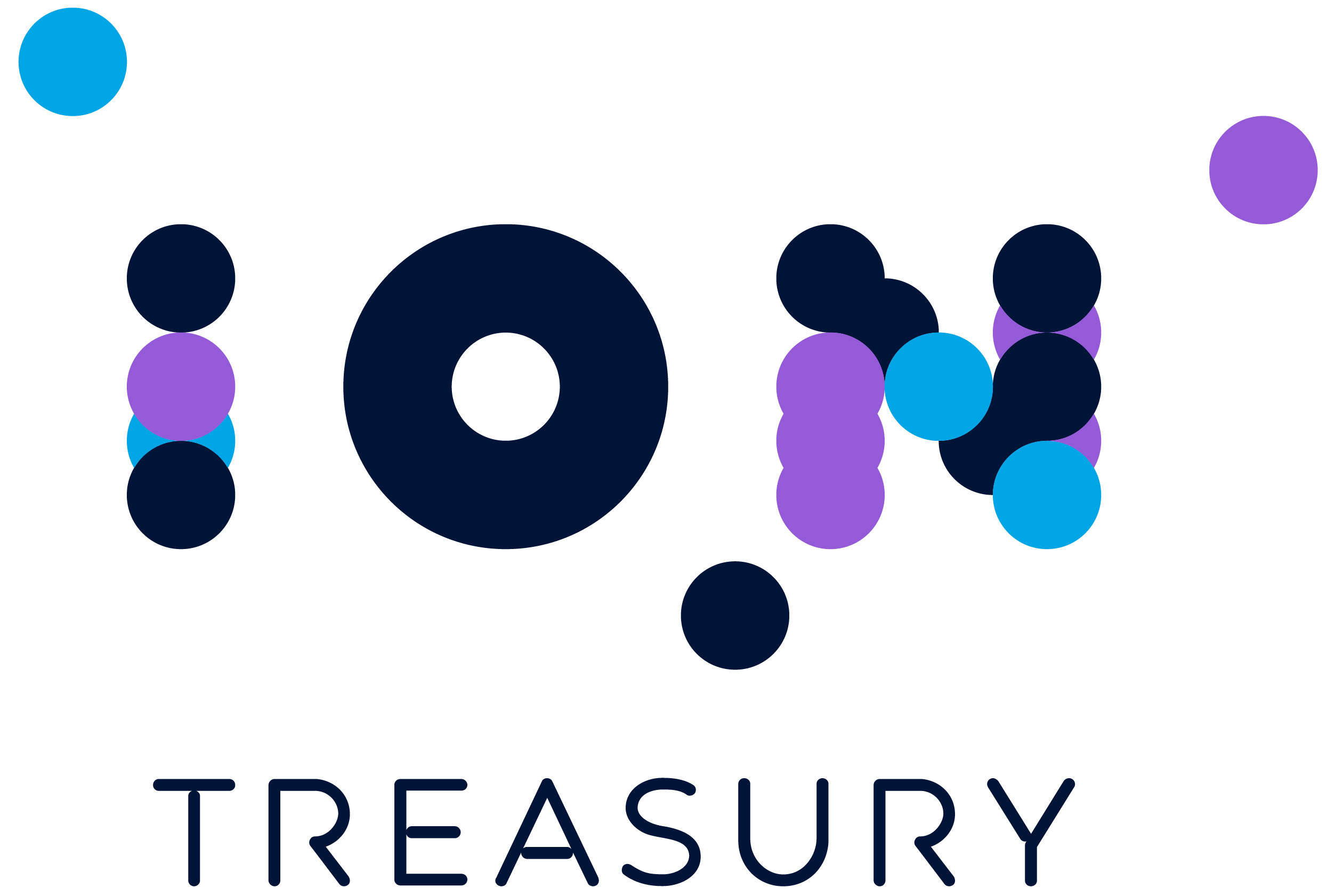Today’s CFO: the tech fuelled evolution of financial leadership
This content was originally published by Finance Feeds.
The challenges of the pandemic and fragile global supply chains, inflation, and the continual prospect of a recession have led to CFOs broadening and transforming their roles, from directing financial goals to shaping a companywide strategy. These trends have made the modern CFO integral to all areas of a business.
Today, the office of the CFO has evolved from the consolidator of financial information for reporting purposes to a strategic driver of business decisions. Access to these insights means the CFO’s department is often the only part of the company with visibility across all units. As such, CFOs are uniquely positioned to identify trends, apply best practices, and be proactive in strategic decisions, with their role continuously evolving and now multi-pronged. Today’s CFO must control daily operations through to accounting, be able to react in a crisis, and influence and impact the business’s long-term strategy.
Today’s context also brings greater importance to the role. While liquidity has been a topic on the CFO’s plate for decades, current high interest rates and inflationary pressures require a renewed focus on the ability to meet financial obligations as corporates seek to optimize expensive liquidity levels. As a result, CFOs must take a more structured, precise, and systematic approach to optimizing funding costs with sufficient liquidity and a focus on cash visibility. In this rapidly changing economic environment, this is nowhere more evident than within the treasury function, which is central and critical to many of the tasks facing a CFO.
Technology can help manage these variables by analyzing several scenarios and gaining visibility to cash needs, enabling CFOs to allocate capital appropriately. In doing so, built-in workflow automation ensures the finance team executes processes with a robust control framework and appropriate segregation of duties. Significant potential exists for automation, artificial intelligence, and workflow technologies to unlock new opportunities to make data-driven decisions and drive efficiency.
The technologies powering the CFO evolution
The quality and completeness of data available are pivotal to the CFOs’ role in proactively driving strategy. Vic.AI found that 81% of CFOs recognize the potential of automation to optimize financial processes and resources and to capture data insights. Decision-making tools and technologies such as artificial intelligence allow CFOs to analyze large amounts of data across multiple systems in real-time, identifying trends and insights that shape actionable strategies.
Unsurprisingly, CFOs know they need to embrace digital technology to drive efficiency and reduce costs. To operate in an effective, digital-first fashion, CFOs need access to data from systems used across the finance function. Implementing a data strategy incorporating a well-defined governance framework to strengthen the credibility and completeness of the data is vital to driving value for the organization.
Automating workflows inspires strategic thinking
The risk of a proliferation of systems in the office of the CFO is a growing concern, as is ensuring that available systems communicate with each other. Managing enterprise architecture effectively requires a clear definition of each system’s purpose and usage. For example, treasury – the function CFOs oversee for cash and liquidity management – requires specialized software to manage its needs.
The functionality of treasury management systems has evolved and continues to expand along with Treasury’s remit. Leading modern treasury solutions support cash management, risk management, and trading operations. They now also include functionality to forecast cash and liquidity, centralize payments, manage bank accounts and fees, manage the cost of capital, and access payment services such as connectivity, sanctions, and fraud detection. And they employ new technology, such as machine learning and APIs, that connect in real-time with banks, trading venues, and other systems in the finance ecosystem. Importantly, these systems require interoperability to integrate and share data in real-time across the finance ecosystem. This shift allows CFOs to move from a siloed, tactical approach toward an overarching, strategic growth plan.
More recently, the CFO’s primary focus is ensuring sufficient liquidity to persist through downturns and market uncertainty. With the rise in interest rates, CFOs are currently being challenged to find the optimal liquidity cushion and balance the increasing cost of capital against liquidity demands. The question at the top of the CFO agenda is how to ensure the most optimal capital structure is in place to fund the business.
For this, treasurers need a solution that focuses on liquidity planning to gather data from actual cash flows, payment or receivable systems, and historical trends. This data is needed for short- and longer-term planning and is vital for the CFO’s remit to inform crucial decision-making across C-suite functions.
In addition to visibility, CFOs want to improve efficiency, increase productivity, and reduce manual processes. CFO agendas often seek to remove the challenges presented by the sheer volume of corporate payment activities, fraud risks, and manual processing inefficiency. One area of focus is the centralization of payment activities into a single solution through a payment hub, giving finance leaders enhanced visibility, consistent controls, security, analytics, and scalability.
Corporate treasurers typically handle high-value payments through separate workflows and connectivity compared to shared services teams managing AP/AR functions, who might only focus on low-value payments. Payment hubs combine these two domains within the CFO’s remit into a single process, digitalizing all payment activity to streamline access to data across the organization. Today, CFOs use payment hubs to increase efficiency and automation and improve visibility.
CFOs at the intersection of business strategy and delivery
By adopting greater automation and system interoperability across operational processes, CFOs can have the data and the capabilities to develop their functions and deliver their strategic vision. With complete oversight over company finances, they are increasingly vital in facilitating innovation, driving efficiency, and shaping future strategies. Through investing in and implementing the appropriate technologies, CFOs can access a panoramic view of their business and opportunities, revealing what needs attention and when. As this convergence occurs, drawing on insightful data, improved integration, and business intelligence tools will allow them to enhance personal and organizational productivity, driving improved business transformation.

Don't miss out
Subscribe to our blog to stay up to date on industry trends and technology innovations.

